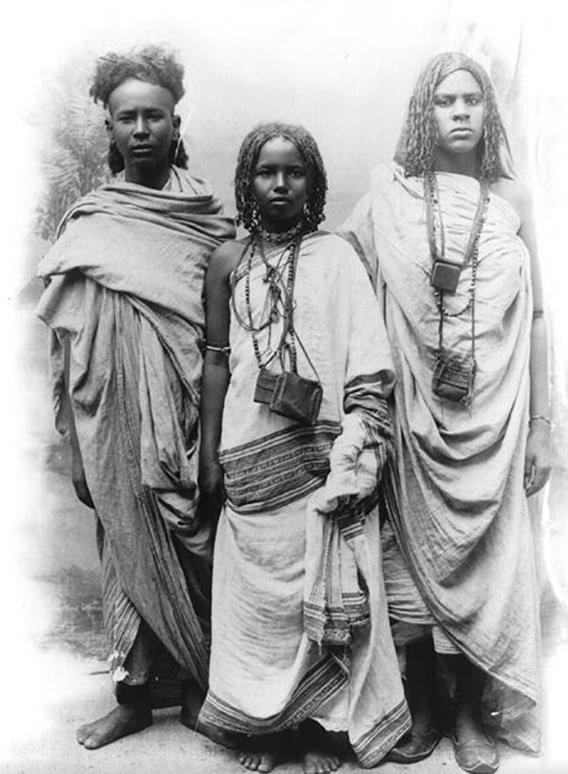Clan And Family Structure Of The Somali People
The Somali people live in large groups called clans. Belonging to a clan is an important part of Somali society and politics. Clans are passed down through male lineage and are further split into sub-clans and sub-sub-clans, which form extended families.
In most cases, they only show the parts of men in the family tree, unless the man has more than one wife and there is a difference between his sons by different wives. But this doesn’t mean that women don’t matter in these kinds of male structures. Instead, women have more subtle roles that vary from one ethnic group’s clan system to the next.
In Somali clans, a man can marry anyone: someone from his own clan or sub-clan, someone from any other clan or sub-clan, or someone who is not Somali. As Muslims, Somali men can have up to four wives at once, but because of their poor living situations, they usually can’t have more than one or two wives at a time. In some families, when a man dies, his brother will marry the widow to make sure she has money after the death.
Marriage between clans and subclans also serves important strategic purposes. When a small group from one clan enters territory that belongs to another clan, the men from the smaller clan should marry women from the larger clan, and the opposite is true for the larger clan. This keeps things peaceful.
It doesn’t matter how old the clan is or what place the founding father holds in the Somali family hierarchy. What matters is how big the clan or subclan is and how much money it has, which is usually shown by how many animals it owns. Small clans may have to merge with bigger clans in order to stay alive, and small clans often live for long periods of time within a larger clan, as if they were part of that clan.
“Somalis traditionally marry within their own ethnic group.” So, to strengthen alliances, people often marry someone else of the same racial group from a different clan. For example, a recent study looked at 89 marriages between men from the Dhulbahante clan. Of those, 55 (62%) were with women from different Dhulbahante sub-clans than their husbands; 30 (33.7%) were with women from nearby clans of other clan families (Isaaq, 28); and 3 (4.3%) were with women from other Darod clan families (Majeerteen 2, Ogaden 1).”

Posted using ThiagoRe.com